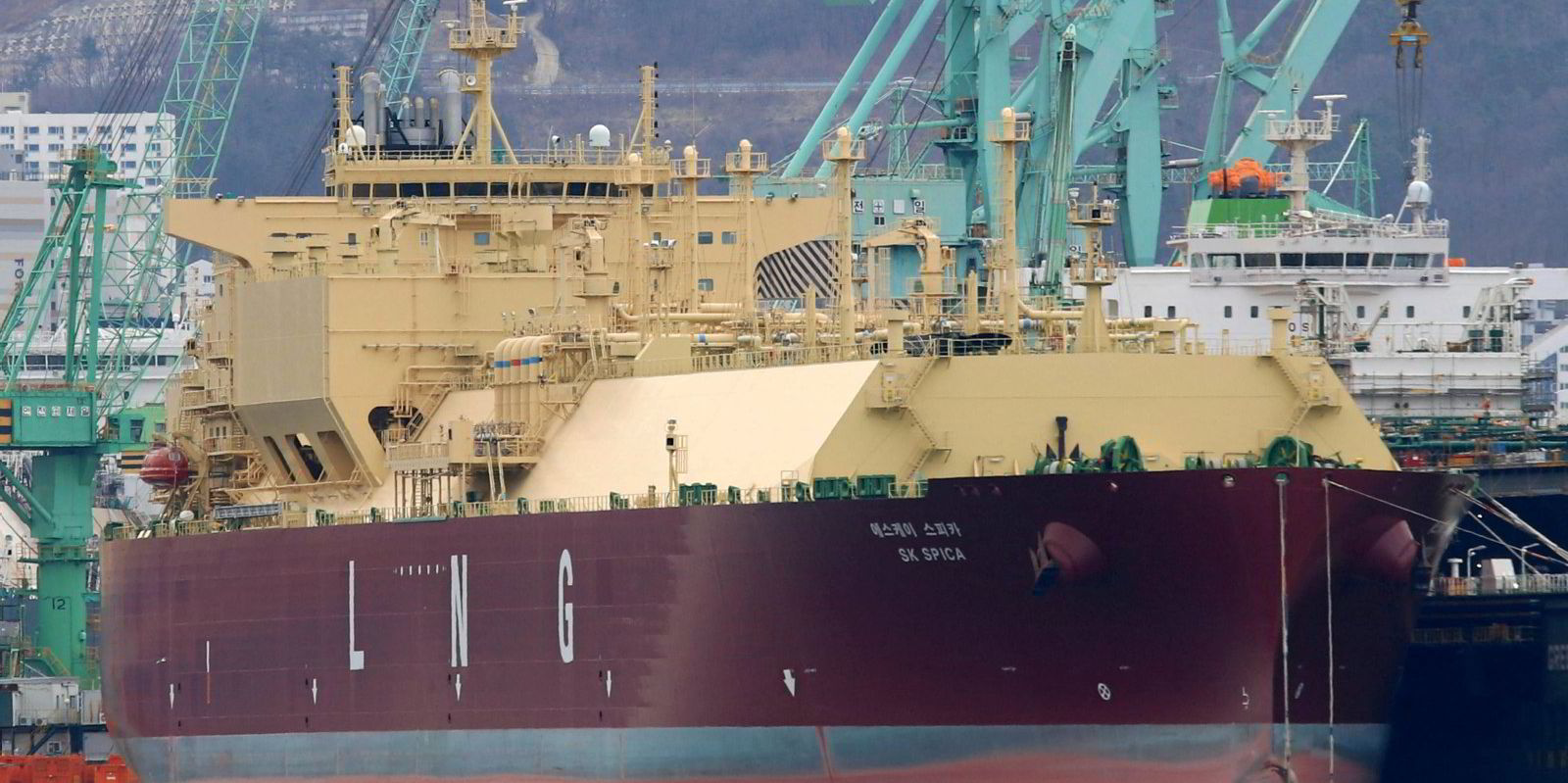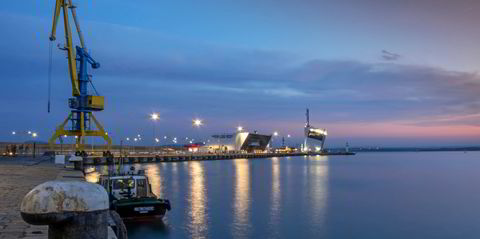Technical issues with LNG cargo containment system designs have been something of a constant theme for carriers, particularly since the LNG carrier fleet has undergone a rapid expansion over the past 20-plus years.
The pioneers of LNG carrier construction in the 1960s recounted hair-raising tales of creaking and leaking systems on some of the world’s first vessels as those early designers wrestled to contain the gas as a liquid at -163℃.
However, as LNG carrier demand accelerated in the late 1990s and early 2000s, the push from charterers to ship larger cargo volumes and deliver more by reducing cargo boil-off rates became a powerful driver for vessel design.
Step forward GTT with its membrane designs that fitted the brief technically and commercially. Within a few years, the French designer’s Mark III system took the lead as the favoured choice among owners over the iconic spherical Moss-type LNG tanks and other offerings such as SPB systems.
TradeWinds has been tracking the issues experienced with LNG cargo containment systems for at least 18 years.
It was some of South Korea’s early LNG carrier export orders that hit the headlines. Vessels built with the Mark III system at Samsung Heavy Industries were among the first to be identified with cargo containment system issues.
Glueing appeared to be at the root of the problems with the installation of the systems and ships controlled by what was then BG Group and others under BP were among those under initial scrutiny.
New processes were put in place, handbooks written and procedures tightened. Shipowners and operators even formed a “Mark III family” grouping at one point to discuss the problems.
Sloshing damage emerged as another issue for membrane tanks and new filling level guidance was introduced.
Around 2006, GTT’s CS1 membrane design also took a hit. The system was fitted to three French-built ships, the tanks of which had largely to be rebuilt. The design was later discontinued.
In the past few years, it has been South Korea’s long-promised rival membrane design that has been in the news. The KC-1 system finally emerged with an arm of domestic gas giant Kogas installing it on two large-size carriers built at SHI.
One of these ships traded two cargoes before cold spots were found on its containment system and the other has yet to lift any commercial volumes. Repair work and arbitration between the yard, designer and charterer SK Shipping has been ongoing for several years with the future of the now five-year-old ships unclear.
News that tests on some vessels under 10 years old are showing a rash of thermal anomalies in the tanks of their Mark III LNG cargo containment has surprised some in the business.
On learning about it, one senior LNG shipowner manager said: “Have ships still got those issues?”
The answer is “yes” — on some vessels at least. The difference this time is that industry players know how to test for and repair them. But this time they are also pushing for a change in the rules of what they may need to fix in the future.






